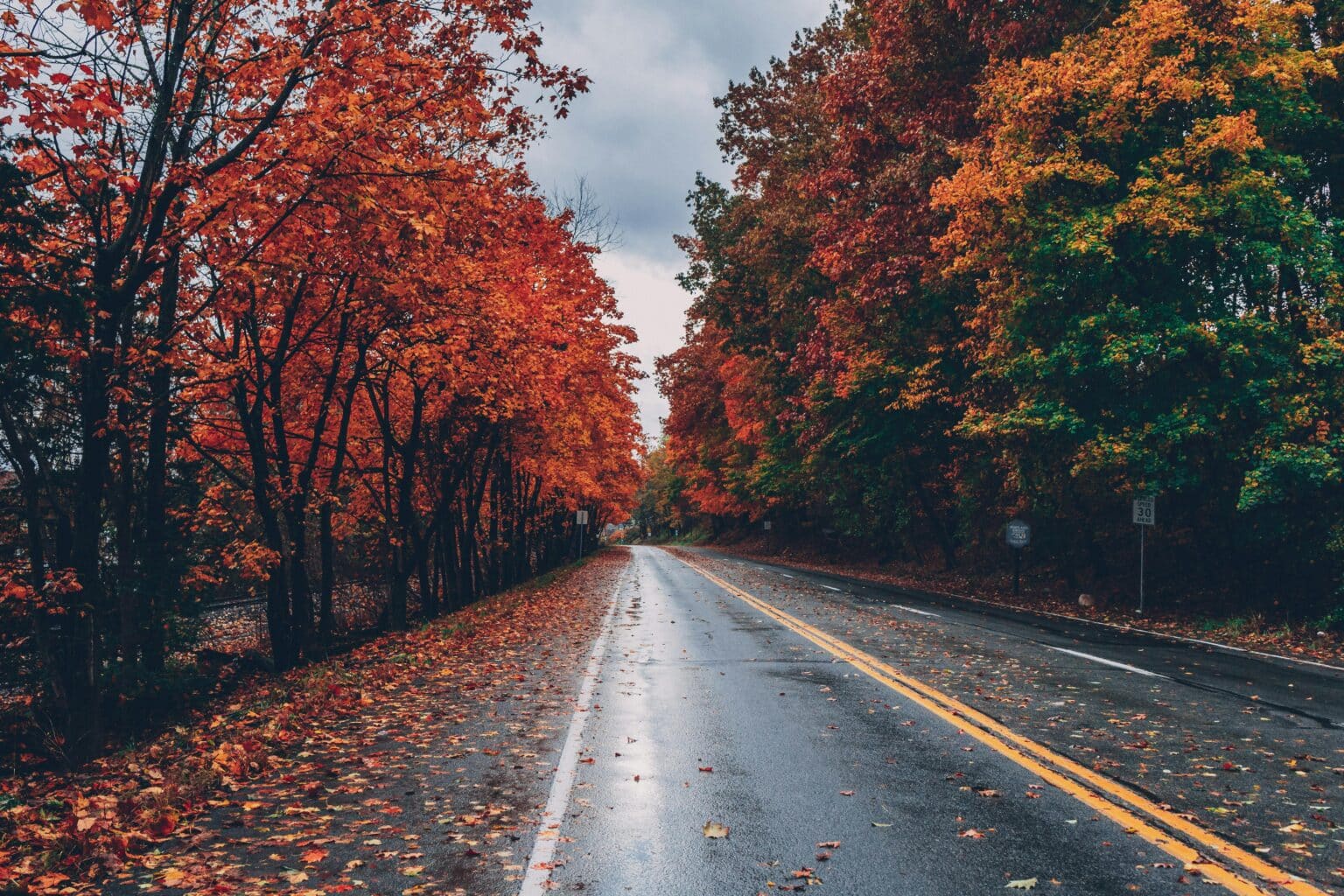If you’re one of the nearly 26% of Americans with seasonal allergies, you probably are excited for fall and the end of allergy season. However, those gorgeous autumn leaves falling may signal a few more weeks of allergies, rather than the end.

Pollen’s Last Stand
Most pollen-producing plants and weeds have finished blooming by September, even those that bloom in late summer. But that doesn’t mean that all the pollen has gone. In fact, pollen particles can cling to leaves; when those leaves fall, the pollen goes airborne again. Playing in or walking on fallen leaves can also agitate the pollen particles on the leaves and project them into the air. When pollen is in the air, you’re more likely to breathe it in or get it on your skin, triggering allergy symptoms.
Mold
Mold loves damp, warm environments and spreads prolifically in these conditions. Fall is perfect for mold: it typically starts growing on lawns in the humid summer months, then spreads in the fall when temperatures are still warm in the day but cool enough in the morning to cover the grass in wet dew, and rains return, making everything wetter.
If you have a mold allergy, the rapid spread of mold in the fall can cause an allergic reaction. This will undoubtedly make yardwork and outdoor chores complicated and uncomfortable. The good news is that mold should die off once the ground frosts over. You can refer to the Old Farmer’s Almanac for estimated dates for the first frost.
How to Prevent Allergy Symptoms from Leaves
While you wait for the frost to kill outdoor mold, here are some tips to manage your exposure to your allergens during the fall season:
- Avoid contact with fallen leaves. Limiting contact with your allergic triggers is always the best way to avoid allergy symptoms. Stay inside if possible, and try not to touch rotting leaves when you go outside.
- Cover up. Wear gloves and long sleeves to limit skin exposure to pollen or mold. Filter out mold, pollen and other allergens while you breathe by wearing a face mask or even a scarf over your mouth and nose.
- Clean your yard frequently. Removing the leaves in your yard by raking or leaf blowing frequently will decrease the amount of time the leaves have to foster mold spore growth.
- Dispose of leaves immediately. Putting rotting leaves in a big pile in the middle of your yard and then leaving them there will exacerbate the problem rather than mediate it. Bag them up as soon as you’re finished raking and dispose of them instead of letting them continue to rot.
- Do yard work on dry, still days. Moisture is a significant factor in mold growth, so aim to do your outdoor chores on dry days. Also, avoid yard work on windy days, as wind will kick up more leaves and disturb the allergens they harbor.
- Shower when you come inside. After spending a significant amount of time outside, it’s a good idea to take a shower and change your clothes to remove any allergens that may have caught onto your clothes or skin.
- Consider allergy drops. Allergy drops are a form of immunotherapy that decreases your body’s response to allergens, meaning fewer symptoms. Call Charleston ENT & Allergy today to find out more.
